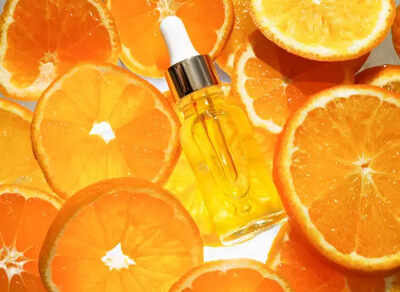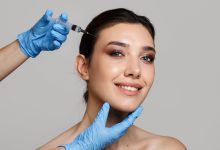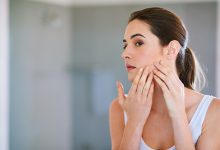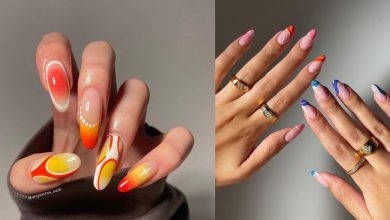The rise of K-Beauty in India: Embracing Korean skincare trends
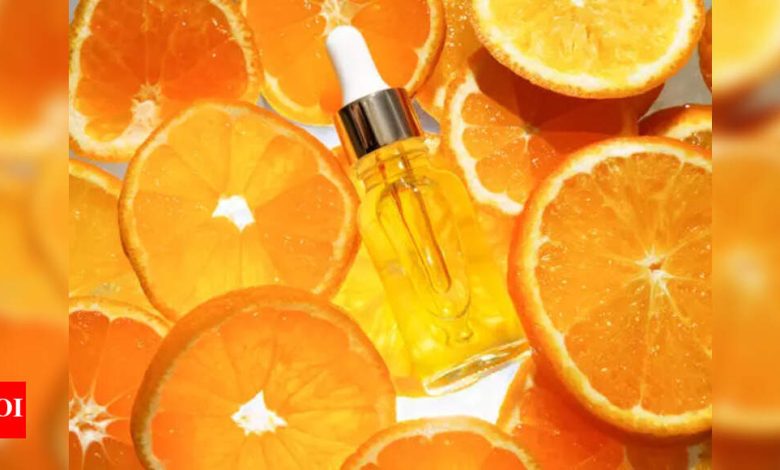
Picture this: Your college bestie who once swore by her grandmother’s besan-turmeric face pack is now explaining the difference between first and second cleansers like she’s defending her thesis. Welcome to the K-beauty revolution in India, where the land of Ayurveda is embracing the 10-step Korean skincare routine with the same enthusiasm we reserve for cricket matches. The numbers don’t lie – K-beauty’s market value in India jumped from ₹3,200 crore in 2021 to a projected ₹8,500 crore by 2032. That’s more growth than most startups dream of! But here’s where it gets interesting: the brands killing it globally aren’t necessarily the ones Indians are actually buying. Laneige might be selling one Water Sleeping Mask every 12 seconds worldwide, but in India, it’s the emerging brands like Torriden and COSRX that are truly winning hearts. Why? Because while the world falls for K-beauty’s Instagram-worthy packaging, Indian consumers are doing what they do best – digging deep into ingredients, comparing prices, and making informed choices.When East Meets West – The Great Beauty Philosophy Clash Here’s something that would make your sociology professor proud: Indian and Korean beauty philosophies are like distant cousins who grew up in different households. We Indians have always been the “matte finish, bold lipstick” crowd – think of how we apply kajal thick enough to survive monsoons, or how red lipstick is our go-to for every festival. Meanwhile, Koreans perfected the art of “glass skin” – that dewy, almost-wet look that makes you wonder if they’ve been blessed by some skincare deity. The contrast is fascinating. While Indians traditionally focus on bold, statement makeup, Koreans master the art of looking naturally flawless. We’re talking about cultures where Indian women would overdraw their lips to make them appear fuller, while Korean beauty celebrates the “bitten lips” look that’s subtle enough to pass for natural. But here’s the plot twist – Indian Gen Z and millennials are saying “why not both?” They’re mixing their grandmother’s neem face packs with snail mucin serums, creating hybrid routines that would make both beauty cultures proud. It’s like fusion cuisine, but for your face.The Real Winners – Brands That Actually Get the Market Let’s talk about the elephants in the room – or should we say, the brands actually flying off shelves. While global lists might crown Glow Recipe as the K-beauty queen with 412.2K monthly searches, the real action is happening with brands that understand the psyche. COSRX has become the poster child for this success story. Their Snail Mucin Essence at ₹1,650 and Low pH Good Morning Gel Cleanser at ₹800 hit the sweet spot between “effective Korean innovation” and “won’t break the bank”. Compare that to a fancy dinner at a 5-star hotel, and suddenly Korean skincare seems like a steal.
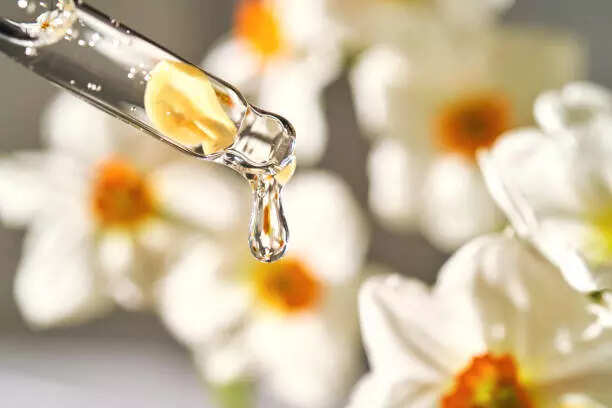
Missha deserves a special mention for playing the long game. Their Time Revolution First Treatment Essence sells one every 10 seconds because they cracked the code – give premium ingredients at prices that don’t require EMIs. It’s like getting a business class experience at economy prices. Meanwhile, Sulwhasoo remains the luxury exception, appealing to those who appreciate the brand’s ginseng-based traditional approach – something that resonates with our own Ayurvedic heritage. When a Korean brand uses ancient Asian wisdom, it feels familiar rather than foreign.From Boroline to 10-Step Routines – The Cultural Shift Remember when Boroline and Nivea cold cream were the ultimate skincare arsenal for most families? Those days feel like a different era now. The Hallyu wave didn’t just bring us crash-landing heartthrobs and addictive K-dramas – it completely rewired how young Indians think about skincare. Research shows that 39% of women now incorporate at least 25% K-beauty products in their routines. That’s a massive shift from the traditional CTM (Cleanse-Tone-Moisturize) approach our mothers swore by. Suddenly, ingredients like snail mucin, propolis, and bamboo extract – once exotic enough to raise eyebrows – are as common as rice in beauty conversations. The cultural bridge makes perfect sense when you think about it. Both traditions emphasize natural ingredients and holistic wellness. While we’ve been using turmeric and neem for centuries, Koreans perfected volcanic ash and rice water. It’s like two ancient beauty philosophies finally having a conversation.The Price Reality Check – When K-Beauty Meets Budgets Let’s address the elephant in the room – money, honey. The average consumer is price-conscious in ways that would make Korean chaebols sweat. But here’s what’s brilliant about the K-beauty invasion: it’s not just about premium pricing. A Torriden Dive-In Hyaluronic Acid Serum at ₹1,450 costs less than a weekend movie date with snacks. ROUNDLAB’s 1025 Dokdo Toner at ₹1,000 is cheaper than a decent pair of earphones. These brands understood that consumers want efficacy without the luxury tax. The really expensive stuff? YSL’s Rouge Pur Couture lipstick at ₹3,000 might be tempting, but it’s competing with an entire month’s mobile recharge. That’s why mid-range Korean brands are absolutely crushing it – they offer the innovation and quality people crave at prices that don’t require financial planning.Beyond the Hype – What This Means for Beauty Culture Here’s where it gets really interesting from a cultural perspective. The K-beauty boom isn’t just about skincare – it’s about changing beauty ideals. For a country that’s historically struggled with colorism and rigid beauty standards, the Korean emphasis on “healthy skin over perfect skin” is quietly revolutionary. Youth are moving away from the fairness cream obsession that dominated previous generations. Instead, they’re embracing the Korean philosophy of skin health, hydration, and natural glow – regardless of skin tone. It’s like a gentle rebellion against decades of problematic beauty messaging. The ripple effects are everywhere. Dedicated K-beauty stores are opening in areas like Humayunpur, Delhi – right next to Korean restaurants and fashion stores. Korean beauty clinics are offering treatments like snail mucin facials that would have sounded like science fiction just five years ago.Looking Forward – The Future of Beauty Diplomacy As we look ahead, the K-beauty phenomenon represents something bigger than skincare trends. It’s about cultural exchange, about young people feeling confident enough to adopt global practices while maintaining their roots. The market is expected to grow at 9.4% annually through 2026, driven by Gen Z and Gen Alpha consumers who see skincare as self-care rather than vanity. These aren’t just consumers – they’re cultural ambassadors who are redefining what it means to be beautiful in contemporary times. The real winners will be brands that understand this nuanced landscape – those that respect price sensitivity while delivering on the innovation promise. Brands that can bridge the gap between Seoul’s glass skin perfection and Mumbai’s practical beauty needs. In the end, the K-beauty revolution isn’t about choosing between turmeric and snail mucin. It’s about creating a beauty culture that celebrates both – where ancient wisdom meets modern innovation, and where healthy skin is the ultimate goal, regardless of which continent inspired your routine.
Source: times of india
HiCelebNews online magazine publishes interesting content every day in the Makeup section of the Fashion & Beauty category. Follow us to read the latest news.

